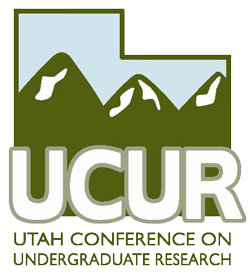Document Type
Presentation
Journal/Book Title/Conference
Utah Council for Undergraduate Research; Utah State University; February 22, 2013
Publication Date
2-22-2013
Faculty Mentor
Shane L. Larson
Abstract
Multi-messenger astronomy employs both electromagnetic and gravitational -wave detectors to paint a richer picture of celestial objects, providing more depth and information. The interferometers utilized for gravitational-wave observations receive input from very broad fields of view on the sky, typically a few square degrees. To have simultaneous electromagnetic observations (typically less than one square degree) requires innovative techniques for the telescopes to find the origin of radiation. One idea is to “tile” the view of the interferometer, using multiple telescopes to simultaneously point at different areas of the field to observe the source. One di"culty of this observing paradigm is distinguishing random electromagnetic variable sources from a gravitational-wave counterpart. To better understand this problem, this project repeatedly observes a single field on the sky. Each observation is analyzed to count the number of sources that appear in the field as a function of brightness. Repeating this process over time will yield the frequency of random optical transients, as well as characterize the population and brightness distribution of variables in the field. Future work will extend this observation campaign to cover different galactic latitudes.
Recommended Citation
Nydegger, R. (2013, February 22). Characterizing sky variability for multi-messenter astronomy. Presented at the 7th Annual Utah Conference on Undergraduate Research, Utah State University, Logan UT.



Comments
Presentation given at the 2013 Utah Conference on Undergraduate Research. Slides available for download through link above. Link to presentation is available here.